Talking with the author, we learned that, through practical work, during the survey of the situation of organizing training on fire prevention and fighting at the General Department of Logistics and Technology, it was found that most agencies and units apply manual training. This form takes time to prepare, incurs many costs, while it is difficult to fully and realistically reproduce in normal training conditions. Not to mention, the process of practicing fire handling by officers and employees also has the potential to cause insecurity in terms of equipment, weapons, and people.
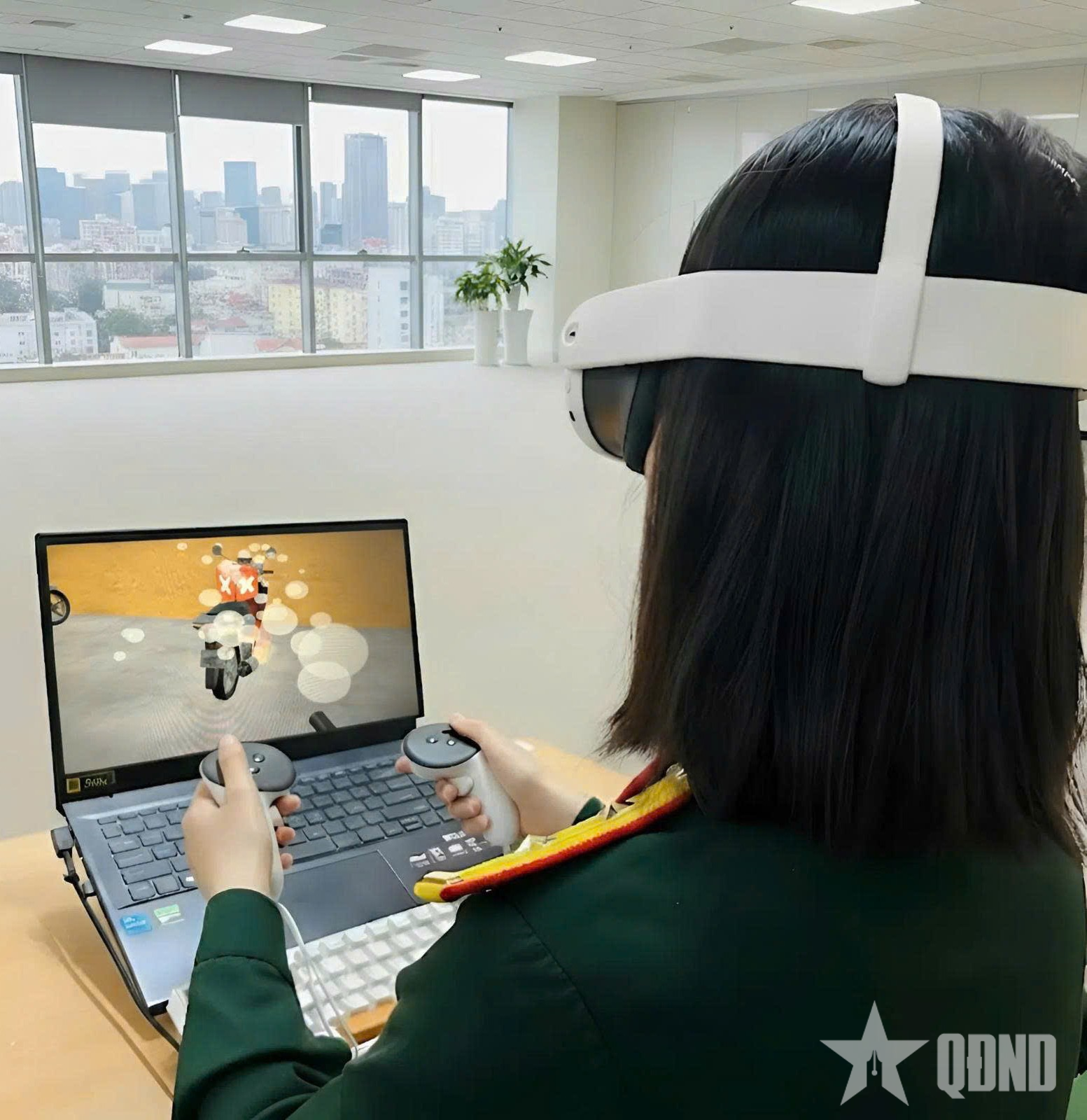 |
| Unit staff enjoyed using the initiative to practice using fire prevention and fighting equipment in a virtual environment through VR glasses. |
Faced with that situation, Major Tran Thi Lien reported to the commander, then discussed with Senior Lieutenant Hoang Van Tuan to jointly build and develop virtual reality (VR) technology applications to improve training efficiency, ensure safety, save costs and enhance readiness to respond to fire and explosion incidents in real conditions.
Major Tran Thi Lien said that the software is designed with two main functional modules. In particular, the theoretical module includes theoretical lectures and models, 3D animations, supporting teaching and learning about the uses, structures, operating principles and procedures for using fire protection equipment through videos , images, texts, 3D models for students to grasp and master the equipment. For the practical module, students can practice the procedures for using fire protection equipment in a virtual environment through VR glasses.
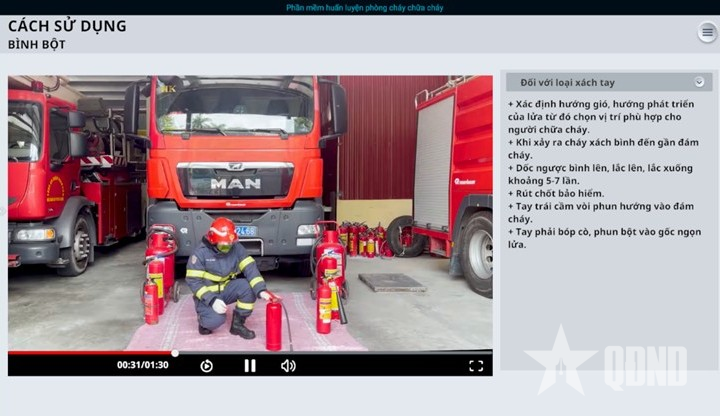 |
Theoretical training content that the initiative builds. Screenshot |
During the implementation process, the author studied standards, procedures, and fire prevention training scenarios; VR development guidelines and accessibility as a basis for development. At the same time, he collected opinions on real training situations and technical requirements; used modeling to build fire prevention scenarios, identify risk factors and response actions. Then, he deployed the software to test at units in need to collect feedback; adjusted features and interfaces based on feedback from users and experts.
Through the actual implementation of the pilot at a number of units under the General Department of Logistics and Engineering such as: Battalion 18 (General Staff); Warehouse 190 (Department of Petroleum); Warehouse TH80 (Department of Logistics and Engineering), it can be seen that the outstanding effect is the application of VR technology to create a realistic simulation environment, helping users practice fire prevention and firefighting techniques safely without facing real risks. In addition, the initiative contributes to reducing training costs by replacing real drills with virtual scenarios, helping to significantly save costs on fuel, equipment maintenance and logistics.
Another advantage is that the initiative increases user interest, thereby improving the ability to remember knowledge and skills. In addition, the software allows the creation of many different scenarios, such as types of fires, building diagrams and emergency situations, suitable for each specific training need...
If evaluated and allowed to be applied throughout the General Department of Logistics and Engineering and the entire army, it is believed that the initiative "Application of virtual reality simulation technology (VR) in fire prevention and fighting training" will bring practical results, helping to improve the quality of fire prevention and fighting training, ensuring the safety of agencies and units, and at the same time, reducing costs compared to the previous manual training method.
Source: https://www.qdnd.vn/quoc-phong-an-ninh/xay-dung-quan-doi/sang-kien-huu-ich-trong-huan-luyen-phong-chay-chua-chay-1011511





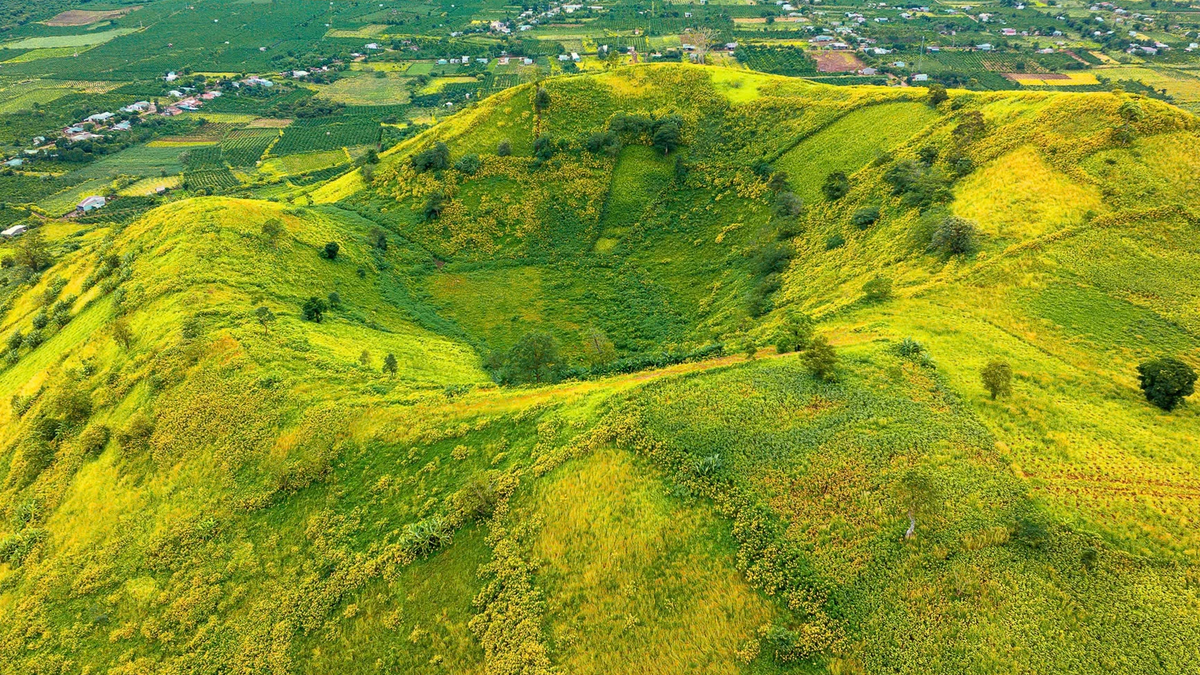
![[Photo] General Secretary To Lam visits Long Thanh International Airport Project](https://vphoto.vietnam.vn/thumb/1200x675/vietnam/resource/IMAGE/2025/11/13/1763008564398_vna-potal-tong-bi-thu-to-lam-tham-du-an-cang-hang-khong-quoc-te-long-thanh-8404600-1261-jpg.webp)
![[Photo] The "scars" of Da Nang's mountains and forests after storms and floods](https://vphoto.vietnam.vn/thumb/1200x675/vietnam/resource/IMAGE/2025/11/13/1762996564834_sl8-jpg.webp)
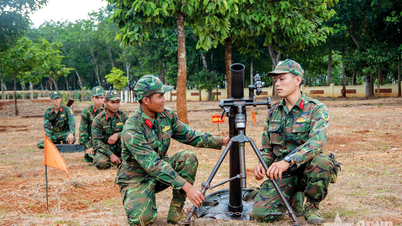


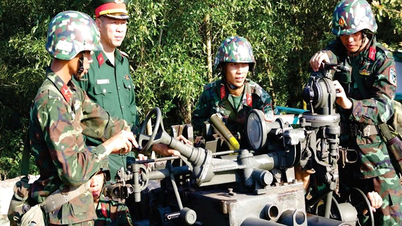


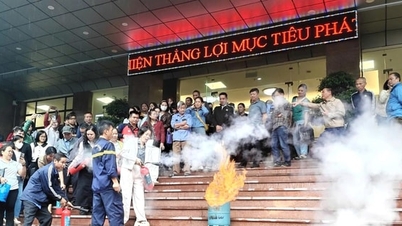




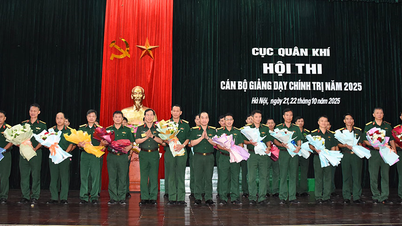
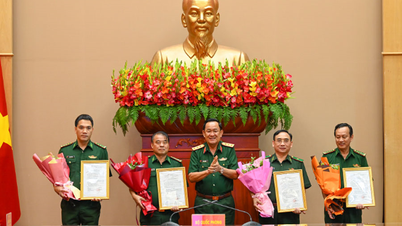







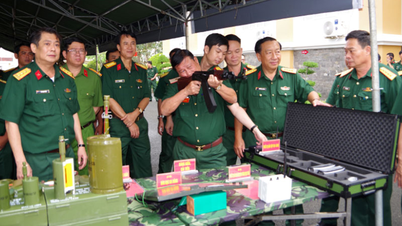
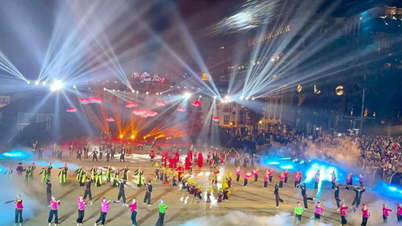
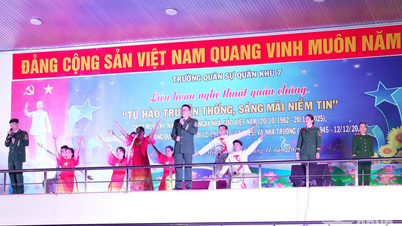














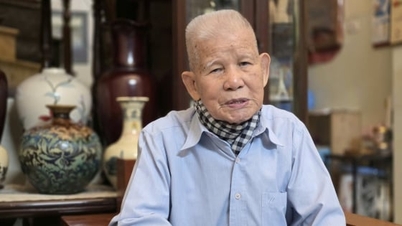

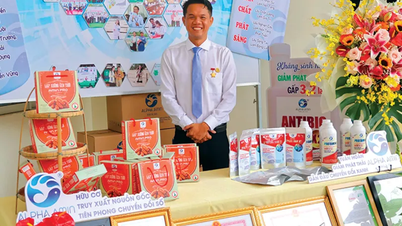




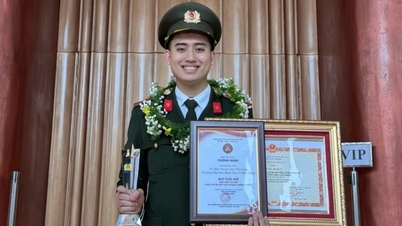









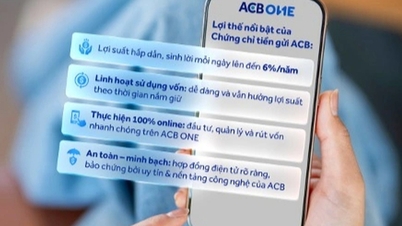






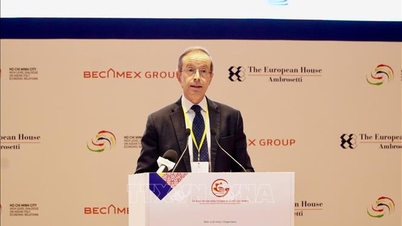


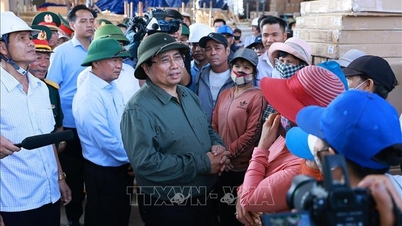








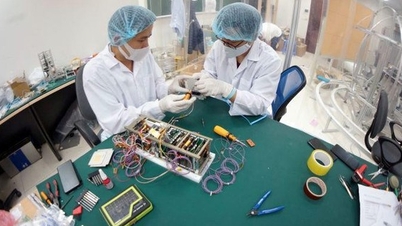


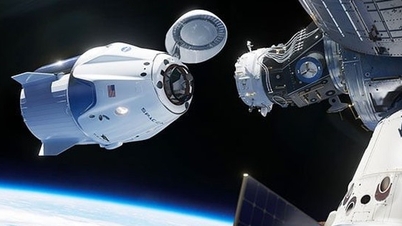




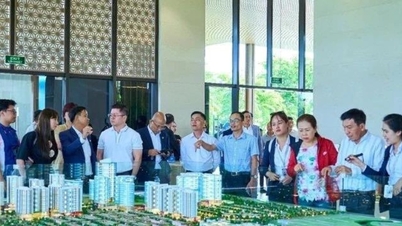
![[Infographic] Main development goals and targets for the 5-year period 2026-2030](https://vphoto.vietnam.vn/thumb/402x226/vietnam/resource/IMAGE/2025/11/13/1763013984385_cdn-nhandan-vn-images-22f099ca8bc7ae81aa2a8d3416a84bf8267bcc4f3a0ec01ee7b087ca4f1e19412ad321b4a75a62c5b1a9229f3bdfa20548b9382a8c3d1e37736b78a1be2bbad7-_1763006939481-1.jpeg)





![Dong Nai OCOP transition: [Article 3] Linking tourism with OCOP product consumption](https://vphoto.vietnam.vn/thumb/402x226/vietnam/resource/IMAGE/2025/11/10/1762739199309_1324-2740-7_n-162543_981.jpeg)




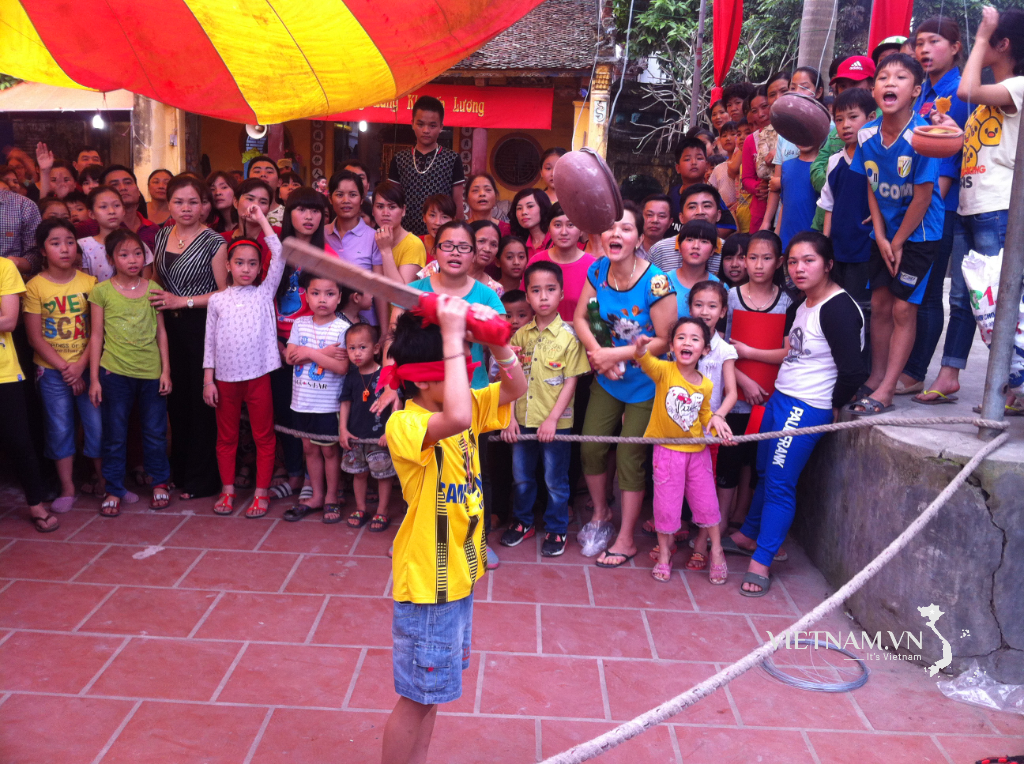


Comment (0)